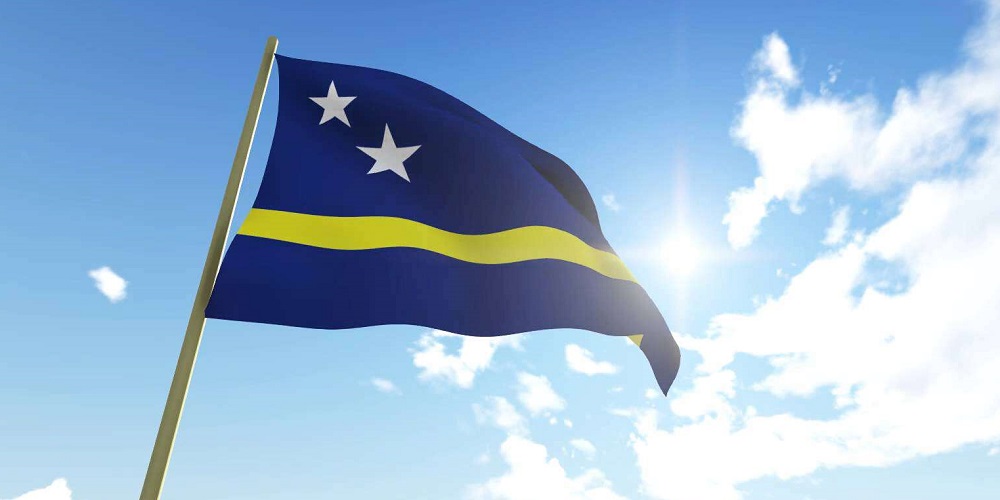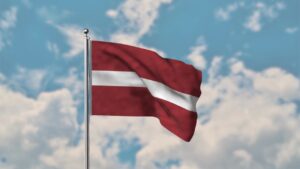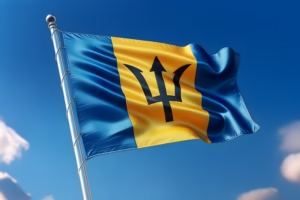Tree Removal Curaçao: Laws, Permits, Application & Cost
When maintaining your property in Curaçao, you may eventually face the need to remove a tree. Whether it’s due to disease, safety concerns, or landscaping plans, understanding the legal requirements, application process, and costs involved is essential. This comprehensive guide will walk you through everything you need to know about tree removal in Curaçao, helping you navigate the process smoothly while staying compliant with local regulations.
Understanding Curaçao’s Tree Protection Laws
The beautiful island of Curaçao takes its environmental protection seriously, and trees play a vital role in the island’s ecosystem. The government has implemented specific regulations to preserve the natural landscape while allowing for necessary development and maintenance.
Curaçao’s tree protection laws fall under the Nature Conservation Ordinance (Eilandsverordening Natuurbeheer), which aims to protect the island’s biodiversity and natural resources. These regulations are enforced by the Ministry of Health, Environment, and Nature (GMN – Gezondheid, Milieu en Natuur).
You should know that not all trees require permits for removal. However, protected species and trees in designated conservation areas are strictly regulated. The laws categorize trees based on:
- Species importance: Indigenous and rare species receive higher protection
- Tree size: Larger, more mature trees often require permits
- Location: Trees in protected zones or public spaces follow stricter regulations
- Historical or cultural significance: Trees with special designation may be protected
According to the official Curaçao government environmental portal, the island has identified several protected tree species that require special permission before removal. You can verify if your tree falls under protection by visiting the official government website: Curaçao Environmental Department.
When Do You Need a Tree Removal Permit?
Determining whether you need a permit saves you time, potential fines, and legal complications. Generally, you’ll need a permit when:
Protected Species
If your property contains any of Curaçao’s protected tree species, you’ll need official permission before removal. These include but are not limited to:
- Divi-divi trees (Caesalpinia coriaria)
- Wayaca trees (Guaiacum officinale)
- Mahogany trees (Swietenia mahagoni)
- Kadushi cactus trees (Cereus repandus)
Tree Size Thresholds
Trees exceeding certain dimensions typically require permits:
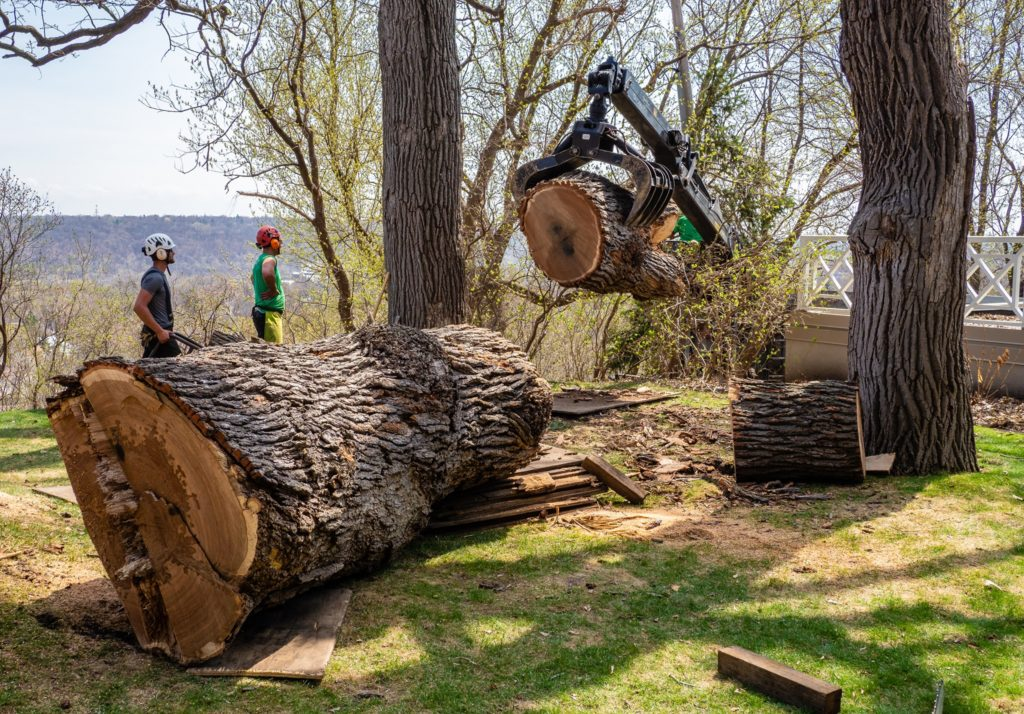
| Tree Characteristic | Threshold for Permit Requirement |
|---|---|
| Trunk Diameter | Greater than 15 cm (5.9 inches) |
| Tree Height | Taller than 5 meters (16.4 feet) |
| Canopy Width | Wider than 4 meters (13.1 feet) |
| Age | Older than 20 years |
Location Considerations
The location of your tree significantly impacts permit requirements:
- Trees in conservation zones or protected natural areas
- Trees on public property or along public roads
- Trees in historic districts or near heritage sites
- Trees that serve as habitat for protected wildlife species
Emergency Situations
Even in emergencies, proper procedures should be followed. If a tree poses an immediate danger, contact the authorities before removal, when possible. The Department of Public Works (Dienst Openbare Werken) can provide guidance in urgent situations.
The Tree Removal Permit Application Process
Obtaining a tree removal permit in Curaçao involves several steps. Understanding the process helps you plan accordingly and avoid unnecessary delays.
Step 1: Initial Assessment
Before applying, you should:
- Document the tree’s species, size, and condition with photographs
- Note its location on your property with measurements from property lines
- Gather evidence of any damage, disease, or safety issues
- Prepare a statement explaining your reasons for removal
Step 2: Submitting Your Application
Applications are submitted to the Department of Urban Planning and Public Housing (VVRP – Verkeer, Vervoer en Ruimtelijke Planning). Your application package should include:
- Completed tree removal application form (available at the VVRP office or sometimes online)
- Proof of property ownership
- Detailed description of the tree(s) to be removed
- Site plan showing the location of the tree(s)
- Photographs of the tree(s)
- Explanation of reasons for removal
- Replanting plan, if applicable
- Application fee receipt
You can submit applications in person at the VVRP office in Willemstad or, in some cases, through their online portal.
Step 3: Inspection and Review
After receiving your application, officials will:
- Schedule an on-site inspection to verify information
- Assess the tree’s condition and importance
- Evaluate alternative solutions to removal
- Consider replanting requirements
This process typically takes 2-4 weeks, though complex cases may require additional time.
Step 4: Decision and Conditions
You’ll receive a written decision that may:
- Approve the removal without conditions
- Approve with specific conditions (such as replanting requirements)
- Deny the application with reasons for denial
- Request additional information before making a decision
If approved, your permit will specify the timeframe for removal and any mitigation requirements.
Understanding Tree Removal Costs in Curaçao
The cost of tree removal in Curaçao varies based on multiple factors. Planning your budget requires consideration of both permit and service expenses.
Permit Application Fees
Government fees for tree removal applications typically range from 50-200 Antillean Guilders (approximately $28-$112 USD), depending on:
- Number of trees to be removed
- Tree species and protected status
- Property zoning
- Purpose of removal (development, safety, landscaping)
Additional fees may apply if specialists need to evaluate the tree or if you’re requesting expedited processing.
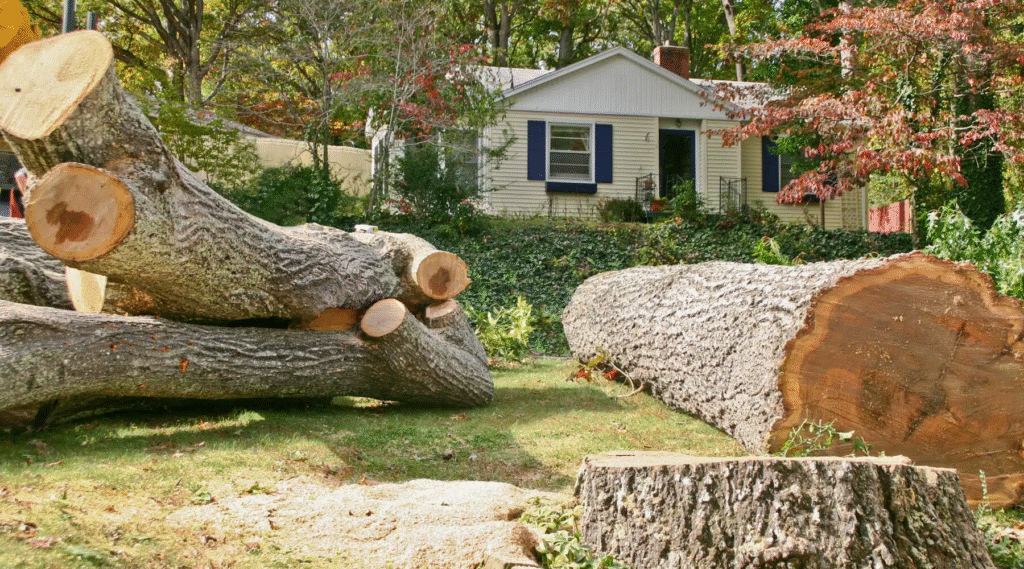
Professional Tree Removal Services
When hiring professionals in Curaçao, expect costs to vary based on:
- Tree size and height (taller trees cost more due to equipment needs)
- Tree location and accessibility (restricted access increases costs)
- Tree condition (diseased or damaged trees may require special handling)
- Additional services (stump grinding, hauling, debris removal)
For standard residential tree removal, costs typically range:
- Small trees (under 5 meters): 200-500 Antillean Guilders ($112-$280 USD)
- Medium trees (5-10 meters): 500-1,500 Antillean Guilders ($280-$840 USD)
- Large trees (over 10 meters): 1,500-5,000 Antillean Guilders ($840-$2,800 USD)
These estimates include basic removal but may not cover stump removal or extensive cleanup.
DIY Considerations
If you’re considering removing a tree yourself, factor in:
- Equipment rental costs (chainsaws, safety gear, chippers)
- Disposal fees at local waste management facilities
- Potential property damage if things go wrong
- Time investment and physical demands
For all but the smallest trees, professional removal is recommended due to safety concerns and the technical expertise required.
Alternatives to Tree Removal
Before proceeding with removal, consider whether alternatives might address your concerns while preserving the tree:
Professional Pruning and Maintenance
Regular maintenance can often resolve issues without full removal:
- Dead branch removal improves appearance and safety
- Crown thinning allows more light through dense canopies
- Root barrier installation prevents damage to structures
- Tree cabling provides support for weak limbs or trunks
Professional arborists in Curaçao can evaluate whether these options might solve your problem.
Transplanting Options
For smaller or particularly valuable trees, transplanting may be possible:
- Trees under 3 meters tall are generally candidates for transplanting
- Best done during the dry season (January-April)
- Requires professional equipment and expertise
- Less expensive than removal plus new tree purchase
Working Around Existing Trees
Sometimes, adjusting your plans is more cost-effective:
- Modifying construction designs to incorporate existing trees
- Creating features that highlight rather than eliminate trees
- Using root-friendly paving near valuable trees
- Installing root barriers instead of removing trees near structures
Selecting a Qualified Tree Removal Service
Choosing the right professional ensures safe, legal tree removal:
Credentials to Look For
When selecting a tree service in Curaçao, prioritize:
- Business licenses from the Curaçao Chamber of Commerce
- Professional certifications or training
- Insurance coverage (liability and worker’s compensation)
- Knowledge of local regulations and protected species
- References from previous clients
Questions to Ask Providers
Before hiring, ask potential contractors:
- Do you obtain necessary permits or is that my responsibility?
- What safety measures do you implement during removal?
- How will you protect surrounding structures and vegetation?
- What is included in your quoted price?
- How will you handle waste disposal?
- Do you offer stump removal services?
Get at least three quotes before making your decision, and be wary of prices significantly lower than average, as they may indicate inadequate insurance or improper disposal practices.
Replanting Requirements and Recommendations
Many tree removal permits in Curaçao include replanting requirements as a condition of approval:
Meeting Legal Obligations
If your permit requires replanting, you’ll need to:
- Plant the specified number and species of replacement trees
- Follow the timeline outlined in your permit
- Maintain new plantings for the required period (typically 1-3 years)
- Submit documentation of compliance when completed
Failure to meet replanting requirements can result in fines or affect future permit applications.
Choosing Appropriate Replacements
When selecting replacement trees, consider:
- Native species adapted to Curaçao’s climate
- Drought-tolerant varieties that require minimal irrigation
- Growth patterns that won’t interfere with structures or utilities
- Aesthetic compatibility with your landscape design
- Wind resistance for hurricane-prone areas
The local Department of Agriculture can provide recommendations for suitable native species that thrive in Curaçao’s conditions.
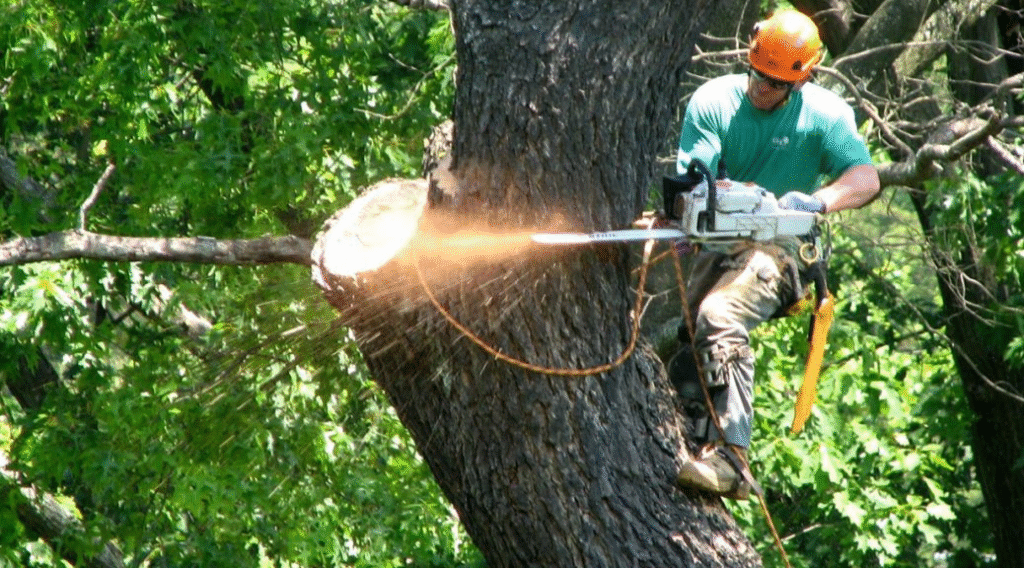
Legal Consequences of Unauthorized Tree Removal
Removing protected trees without permits carries significant penalties:
Potential Penalties
If you remove trees without required permits, you may face:
- Fines ranging from 500-10,000 Antillean Guilders ($280-$5,600 USD)
- Mandatory replacement of removed trees (often at ratios exceeding 1:1)
- Restoration costs for environmental damage
- Legal proceedings and court appearances
- Difficulty obtaining future permits for your property
Reporting Violations
If you observe unauthorized tree removal, you can report it to:
- The Department of Urban Planning and Public Housing (VVRP)
- The Ministry of Health, Environment, and Nature (GMN)
- Local police in cases of active removal
Conclusion
Tree removal in Curaçao involves navigating legal requirements, environmental considerations, and practical logistics. By understanding the laws, permit process, and costs involved, you can approach tree removal responsibly while avoiding legal complications.
Remember that the island’s natural beauty depends on responsible stewardship of its resources. When tree removal is necessary, following proper procedures ensures that Curaçao’s environmental heritage is preserved for future generations.
For the most current information on tree removal regulations, visit the official Curaçao government portal at www.gobiernu.cw or contact the Department of Urban Planning and Public Housing directly for guidance specific to your situation.
